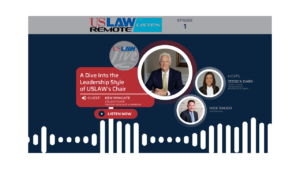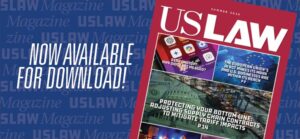USLAW NETWORK Chair Ken Wingate is the first guest on USLAW Live USLAW NETWORK officially launches USLAW… Continue Reading
The Survival of the Affordable Care Act and the Potential End of the Collateral Source Rule, An Unintended Tort Reform
POSTED NOVEMBER 23, 2015
Written by James J. Lofrese of Traub Lieberman Straus & Shrewsberry, LLP for the 2015 Fall/Winter issue of USLAW Magazine.
An inured plaintiff calls various experts to the witness stand who testify that he will need $5 million in future medical care. In reality, the plaintiff has health insurance and will pay, at most, a deductible and his premiums. Should the defendant still pay $5 million in damages? The Collateral Source Rule says he should.
The concept behind the Collateral Source Rule dates back to the 1800s with the proposition that a tortfeasor should not benefit from the “fortuitous existence of a collateral remedy.”1 Courts had to choose between granting a windfall to a defendant (who escapes liability to pay for some of the injuries he caused) or a plaintiff (who receives a double recovery). Courts chose to grant the windfall to plaintiffs, and the Collateral Source Rule was born….read more.










